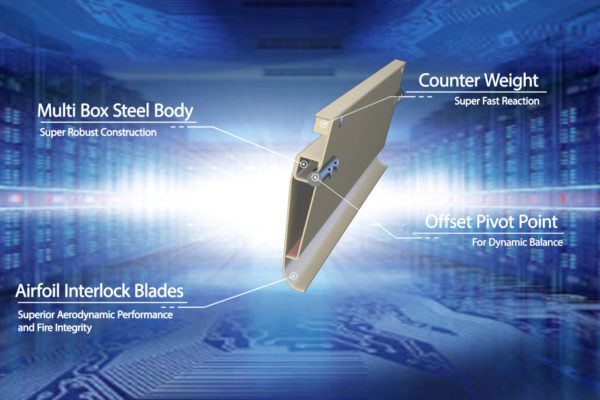
Natural Leakage
Natural leakage has been used for many years, but it isn’t and never has been a reliable or safe strategy, here are a few of the reasons why...
- In order to construct a fire barrier, in simple terms this just means the surrounding walls of a structure, it is important that there are no holes in the structure. Technically, walls containing holes that are large enough to offer ventilation for most gas suppression systems will no longer conform to fire safety standards and fail to be designated as a firewall or barrier.
- While in normal ambient conditions the gas concentration hold time might be consistent with the design requirements, natural leakage can produce very different results. Depending on the location of the ‘holes’ and the external ambient conditions. If there is one large hole in a structure, present on one side of the building only and there is no external wind or pressure differential across the building, then gas concentration can be maintained for quite long periods of time. (This is consistent with ‘test’ facility buildings that do not necessarily conform to real life installations). However, if there are leakage holes throughout the building and a strong wind outside, then a pressure differential can be produced from one side of the building to the other. In this situation, the resultant difference in pressure can literally suck the gas out of the building.
- If the over or under pressure is effectively discharged through the natural leakage holes into a space that is used as an escape route by personnel, it may inhibit their ability to open any doors leading into that space. Any pressure above 50 pascals can make opening a door almost impossible.
- Circumstance change. What has been measured as natural leakage at one point in the past can be influenced by many different factors. These will invariably give a very different outcome when measured again over time.
Fundamentally, there is no point in installing a gas suppression system into a building if, during its discharge, the building structure is damaged. During an accidental discharge this can be dangerous for anyone in the building area as walls and ceilings have been substantially damaged in the past. If there is a fire and the gas system damages the structure then there is a substantial risk that the gas concentration target and hold time will be severely compromised. Ultimately, rendering the gas systems useless.
The best and safest approach is to make sure a building is properly sealed and vented for maximum protection.